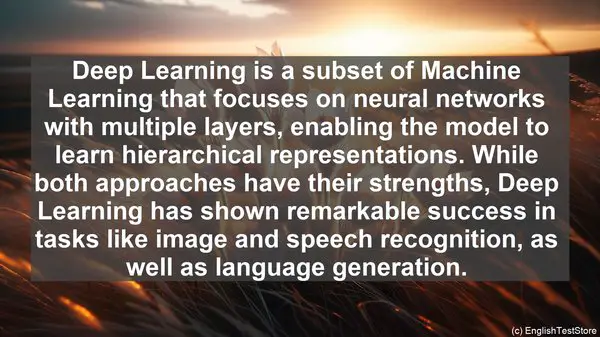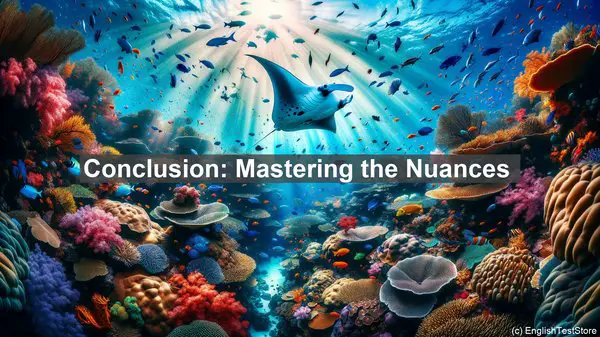Introduction: The Power of Language
Welcome to today’s lesson on the top 10 commonly confused words in Natural Language Processing. As language becomes an increasingly important aspect of technology, it’s crucial to have a clear understanding of these terms. So, let’s dive in!

1. Tokenization vs. Lemmatization
Tokenization involves breaking down text into smaller units, while lemmatization aims to reduce words to their base or root form. While both are essential preprocessing steps, they serve different purposes. Tokenization helps in tasks like word frequency analysis, while lemmatization aids in maintaining semantic meaning.
2. Sentiment Analysis vs. Emotion Detection
Sentiment analysis focuses on understanding the overall sentiment or opinion expressed in a piece of text, such as positive, negative, or neutral. On the other hand, emotion detection delves deeper, identifying specific emotions like joy, anger, or sadness. While sentiment analysis is widely used in customer feedback analysis, emotion detection finds applications in areas like mental health monitoring.
3. N-grams vs. Bag of Words
N-grams are contiguous sequences of N words, often used to capture context in language models. On the contrary, the Bag of Words approach disregards grammar and word order, treating each word as an independent entity. N-grams are useful for tasks like language generation, while the Bag of Words model is commonly employed in document classification.
4. Precision vs. Recall
Precision and recall are evaluation metrics used in information retrieval and classification tasks. Precision measures the relevancy of the retrieved results, while recall quantifies the coverage of the results. Striking a balance between the two is crucial, depending on the specific task requirements.
5. Stemming vs. Lemmatization
Stemming, like lemmatization, aims to reduce words to their base form. However, stemming is a more heuristic approach, often resulting in the root form not being an actual word. Lemmatization, on the other hand, ensures that the resulting form is a valid word. Choosing between the two depends on the specific use case.
6. Named Entity Recognition vs. Part-of-Speech Tagging
Named Entity Recognition (NER) involves identifying and classifying named entities like names, locations, or organizations in text. Part-of-Speech (POS) tagging, on the other hand, assigns grammatical tags to words, such as noun, verb, or adjective. While NER is crucial for tasks like information extraction, POS tagging aids in syntactic analysis.
7. Word Sense Disambiguation vs. Word Sense Induction
Word Sense Disambiguation (WSD) aims to determine the correct meaning of a word in a given context. On the contrary, Word Sense Induction (WSI) groups instances of a word with similar meanings. WSD is often a more challenging task, requiring a deep understanding of the context and the word’s various senses.
8. Deep Learning vs. Machine Learning
Deep Learning is a subset of Machine Learning that focuses on neural networks with multiple layers, enabling the model to learn hierarchical representations. While both approaches have their strengths, Deep Learning has shown remarkable success in tasks like image and speech recognition, as well as language generation.
9. Overfitting vs. Underfitting
Overfitting occurs when a model performs exceptionally well on the training data but fails to generalize to unseen examples. Underfitting, on the other hand, happens when a model is too simplistic and fails to capture the underlying patterns. Balancing between the two is a key challenge in machine learning.

10. Bag of Words vs. TF-IDF
While both Bag of Words and TF-IDF are popular approaches for text representation, they differ in their weighting schemes. Bag of Words assigns equal weight to all words, while TF-IDF considers the importance of a word in a specific document and the entire corpus. TF-IDF is often preferred when we want to highlight the discriminative power of a word.
